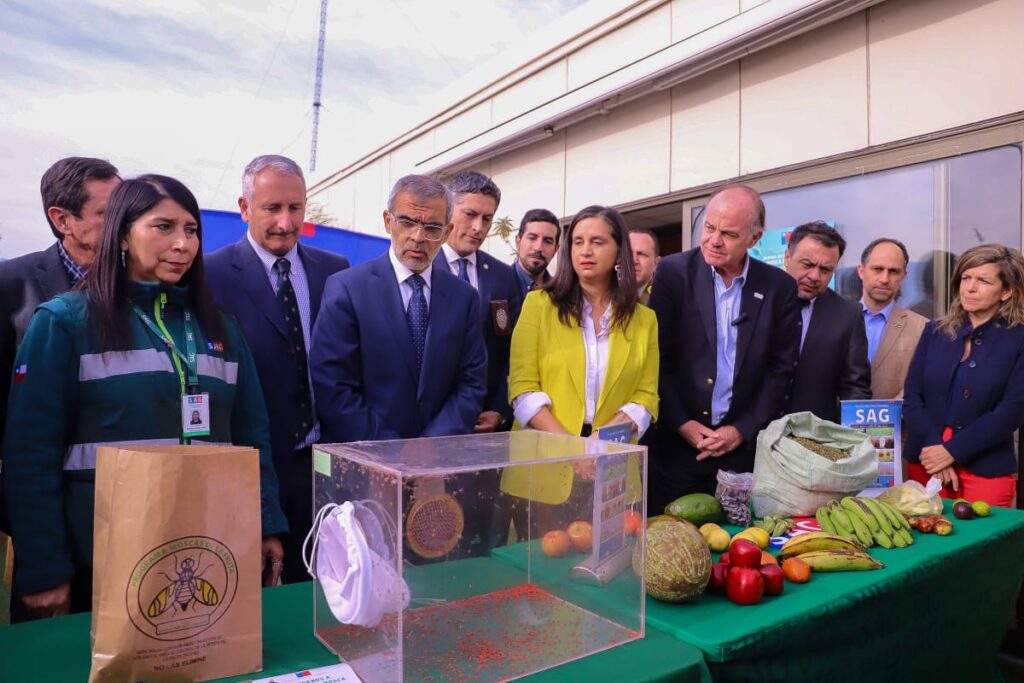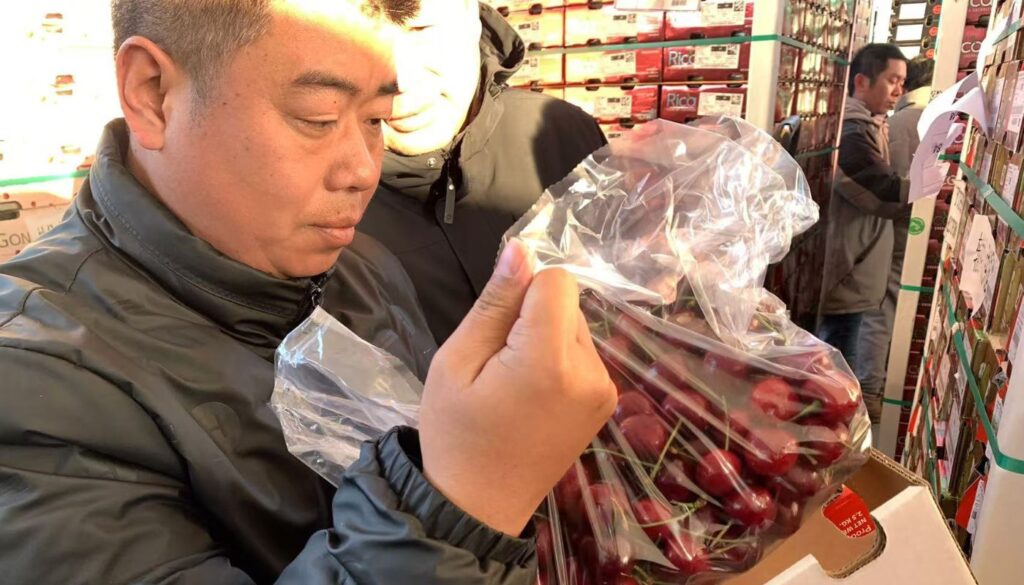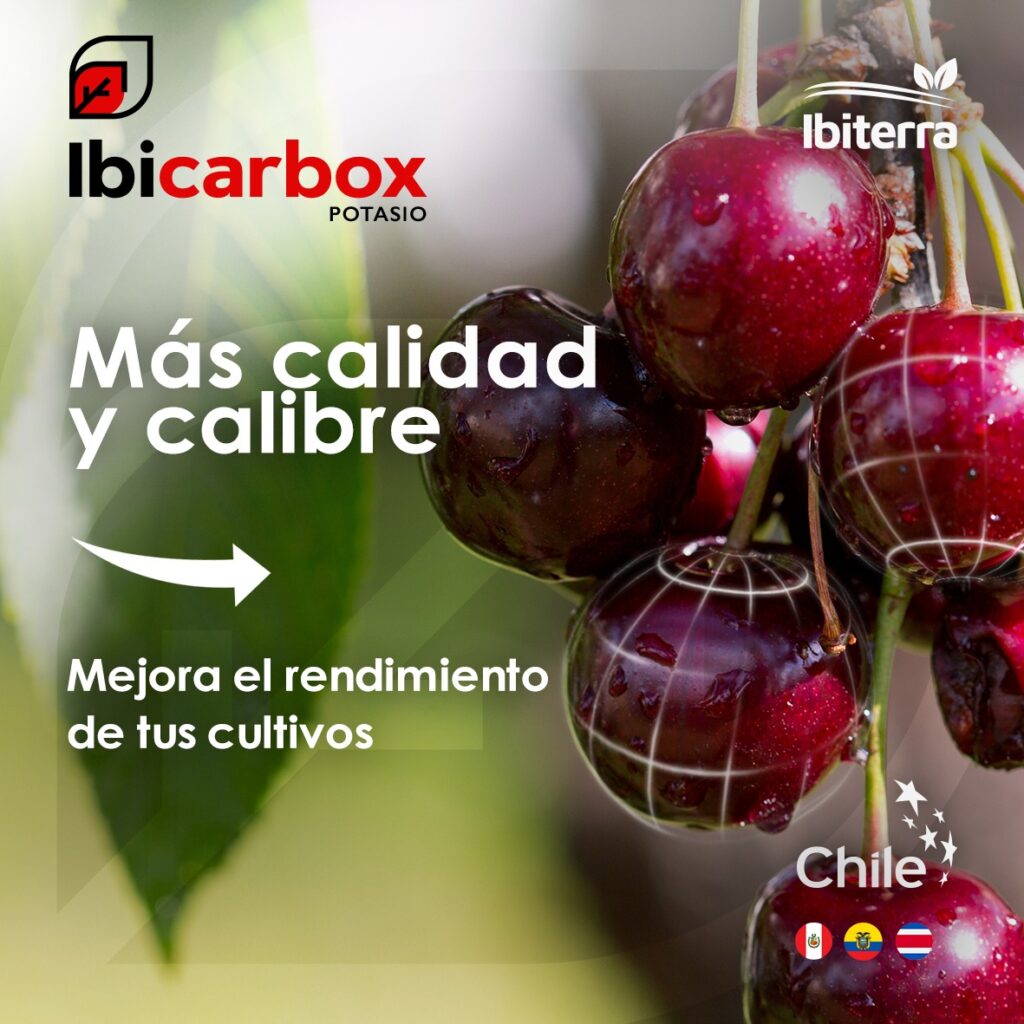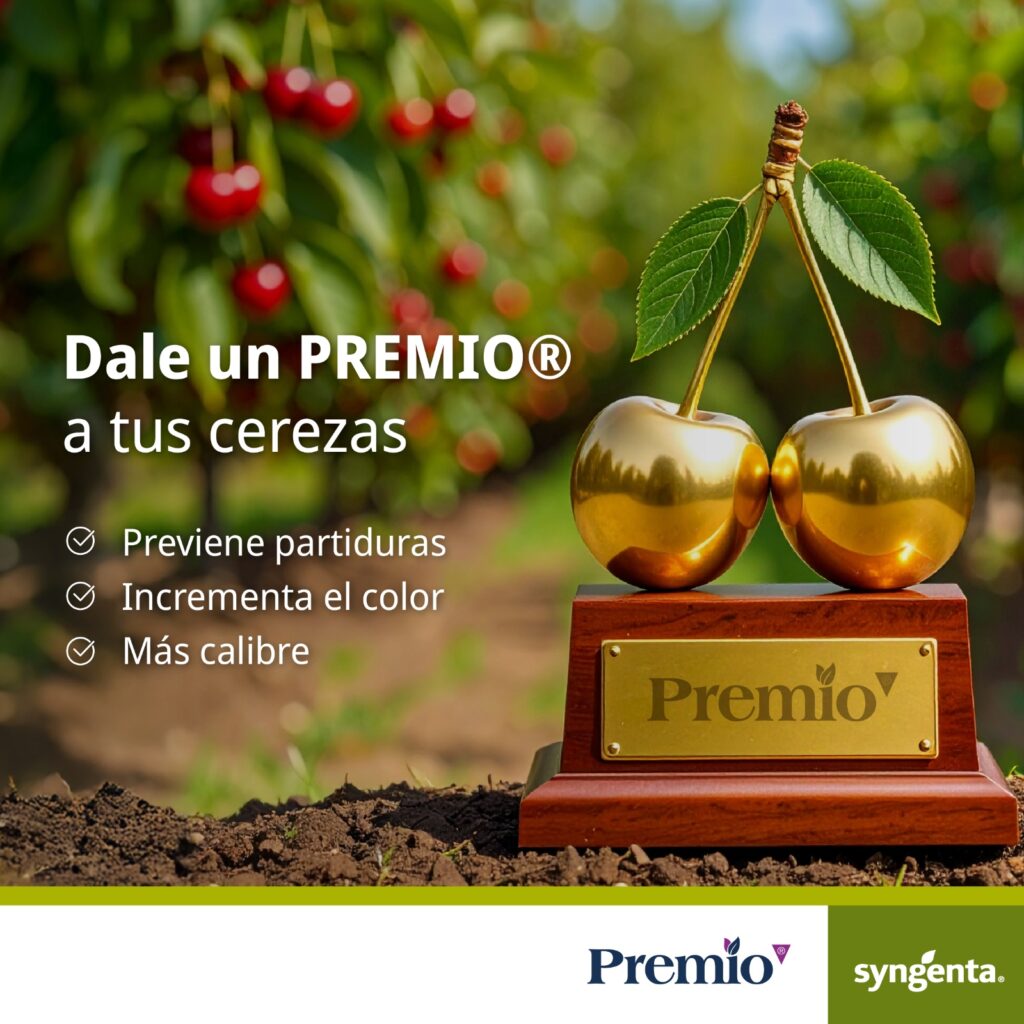Currently in Chile there are more than 56 thousand hectares of cherry plantations distributed from Ovalle in the north to Chile Chico in the south, with 80 percent of the total concentrated in the Maule and O'Higgins regions. The recent season was not free from complications due to the pandemic, however, our country once again broke the export record and managed to open up to new markets.
“In the last eight or nine years, Chile has become the most important cherry-producing country in the world. We are ranked third or fourth in terms of production and, without a doubt, the main country in terms of fresh cherry exports. This past year we have just broken another record, exporting more than 70 million boxes equivalent to more than 350 million kilos, mainly to the Asian market,” explained Carlos Tapia, Technical Director of Avium and specialist in cherry production.
However, the recent season presented great complications; Víctor Maroto, Commercial Manager of Fruttita, referred to the difficult scenario of producing, harvesting and exporting during the pandemic.
“It is important to analyze three major events this season; first, the Covid problem, whether it was a true or false comment, evidently generated a loss of value of the product as a gift, which generated a very large impact on sales; second, due to the same Covid effect and loss of value of the product, there was a slowdown in sales, worsening the condition of the fruit and forcing our receivers to have to go to cities we had never reached, having to sell fruit in places where it had not been sold, which generated, on the one hand, an opening of new markets that will serve us and help us in the future, but with an increase in marketing costs and also problems with the condition of the fruit, which generated a high level of complaints and losses in value, which translated into bad prices,” Maroto explained.
The third major problem was the lack of manpower for the harvest, a situation that created serious problems when it came to harvesting the fruit from the trees. According to data provided by Victor Maroto, Manager of Fruttita, between 2 and 3 percent of the total orchards were not harvested, while in at least 20 to 30 percent this work was poorly carried out.
“There are producers who at some point were unable to harvest because they have varieties that are only at the peak, or a large volume at the peak, mainly varieties harvested since 12/19/20 Lapins, SH and Reginas "They couldn't get labor, or at least not enough at the right time. I think the biggest impact is the poor harvest, rather than what couldn't be harvested," explained Victor Maroto, Commercial Manager of Fruttita.
Carlos Tapia, Technical Director of Avium, also referred to the inconveniences of the lack of labor, a situation that is not new, but that was clearly affected by the pandemic: “In recent years, the downside to cherries is the high demand for labor in the harvest, we need a very strong number of harvest days, mainly in December; that, in the last two years, has been greatly affected, especially this year with phytosanitary restrictions, which has also generated certain problems, but we must not lose sight of the main objective, which is to build a very high quality product, let's talk about large fruit, firm fruit, sweet fruit, without diseases, without pests, that is definitely the key to success for this business to continue floating,” said cherry production expert Carlos Tapia.
Economic Impact
The three major complications of the season - a shortage of labour, delays in shipments and rumours of Covid-19 in a box of Chilean cherries in China - of course had negative consequences. Despite the record achieved, with more than 350 million kilos of cherries exported, there were clear economic effects.
“In terms of sales, if we project what was expected to be sold versus historical or average prices, I think that around 700 million USD were not received today; that speaks of a percentage relatively close to 25-30 percent of the total income generated by the business, which has not arrived today, beyond whether it remained in China or not, these are returns that we did not have in Chile,” confirmed the Commercial Manager of Fruttita, Víctor Maroto.
One of the hardest blows of the season was the rumor about the alleged presence of Covid-19 in a box of Chilean fruit, just before the Chinese New Year, a date when the national cherry was highly sought after as a gift for the holiday; although the Chinese government neither confirmed nor ruled out the fact, Chile immediately prepared a powerful advertising and commercial campaign in which more than U$1.5 million were invested. What were the results of this strategy?
“The campaign was aimed at regaining confidence in the product and increasing sales; this was achieved in one way or another, since we were able to sell the large volume sent, regardless of the results obtained. One of the most negative effects generated by this rumor was the loss of the “GIFT” concept that our cherries have, and the concept of a safe product to be given as a gift could not be recovered. The greatest achievement was to provide a certain security, lowering the negative perception of the consumer from 80 to 20% with the emergency campaign developed in a record period. Without the reaction of the Cherry Committee at the time of the rumor, we could have had even worse effects on the results, possibly leading to the destruction of fruit,” explained Victor Maroto, who is also Director of the Cherry and Marketing Committee of Asoex.
New Opportunities
While producing, harvesting and exporting in the midst of a pandemic had a number of impacts in the last cherry season, there were also positive consequences, one of which was the opening of new markets.
“This season we managed to export to Vietnam, a new market, since a protocol was signed with this country. Taiwan, Korea, India and Russia are the four markets to which the largest volume was shipped, in addition to the USA and the EU, diversifying the risks of exporting only to China,” said Víctor Maroto.
Of these countries, India is seen by many experts as one of the most important markets to explore; its more than 1,380 million inhabitants position it as a 'super market', however the major problem is in the area of infrastructure. India lacks modern ports, good roads that allow the agile transport of a product as delicate as cherries, and a wide range of other aspects related to the logistics of importing this fruit and the long trips to India.
The situation in Korea and Russia is different in terms of infrastructure, but there are other drawbacks that are worth keeping in mind when exporting cherries to these countries.
“Korea is a market that works quite well, its difficulty is centered on the protocol known as system approach, This means that if you don't have the orchard registered since winter, you can't export to this market." In Russia, meanwhile, the most complex part is the commercial part, since most of the sales are made with letters of credit; a price with 80 percent in advance payment and 20 percent against settlement. That extra 20 percent has always been very difficult to collect to close the deal, so I think it's more a commercial problem and one of payment insurance, than a market problem," said Victor Maroto.
With two complex seasons behind it, the Chilean cherry industry continues to lead the southern hemisphere, both in planted area and in cherry export volume. The number of hectares planted is expected to continue to increase in 2021, even despite the pandemic.
“We have a planted surface area of over 57 thousand hectares until 2020. This year we are going to plant a number, I dare say, greater than 5 thousand hectares again, considering that due to the latest commercial problems more than 8 thousand hectares were forecast. It is probably the species that has been planted the most in the last five or six years and, although we have had some commercial vicissitudes in the last two seasons, we believe that it is a species that will continue to be profitable, also associated with us being efficient and having a product of the highest quality, condition and with limited costs,” explained the Agricultural Engineer, M. Sc., Carlos Tapia T.
Finally, the cherry production specialist and Technical Director of Avium, referred to the importance of expanding trade openness, recovering markets that until now had been neglected: “In so-called quotation marks, we have a market share that forces us to compete with ourselves, we are very present in the Asian market with more than 90 percent of shipments, we have probably left aside shipments, such as European and North American markets, but somehow we have to go back, we have to try, we have to generate demand again in those markets so that we can have a much greater trade openness again.”
The global positioning of Chilean cherries as a luxury product and the negative impact of bad seasons such as the two recent ones, force producers to have greater control over their orchards and production; this, in order to achieve a homogeneity of the product over time, which allows them to better face the vicissitudes that may arise in the national and international industry and reduce the negative repercussions on the local brand.










